Aussie designers pursuing American dreams
Changing economic conditions and new pathways to brand recognition are reshaping how Australian labels think about expansion in the US.

Patrick Johnson, founder of P.Johnson tailors, has a guiding feeling for what a physical store should be.
“Stores ought to be about teaching people, looking after them really well and sharing our feelings for beautiful clothes. It is not rocket science, as they say,” Johnson smiles.
It’s a feeling he’s putting into reality at his new space in New York City, on the corner of Spring Street and West Broadway in Soho.
“The client will experience the best of P.Johnson’s hospitality and tastes in a much larger, light-filled space with its lofty corner aspect,” he says. “We can really stretch our legs now.”

The new boutique, just 50 metres down the road from the label’s original space, features a fit-out by Johnson’s interior designer wife Tamsin, and for the first time in the United States, carries its P.Johnson Femme ready-to-wear collections.
“We are experiencing a lot of demand for the women’s collection so we cannot wait to share it with the New Yorker,” says Johnson.
“We have a long-established loyal client base in the men’s so we think the women’s clothing can really offer something relevant, with a point of view that won’t be alien to the NYC woman.
“The city has always been an important part of our inspiration and we can contribute to it, we think.
“We have always observed a refreshing lack of cynicism in the US client, an open mindedness and a willingness to take us in. That American optimism is indefatigable and inspiring.”
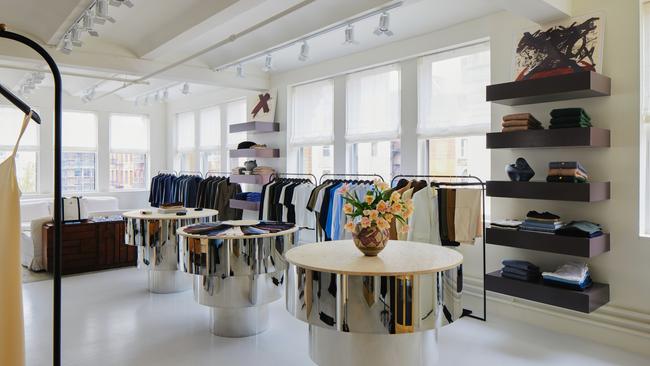
This willingness to embrace antipodean style is something that designer Rebecca Vallance has also experienced in the 14 years she’s been in the US market.
This year will mark a significant uptick in the brand’s stateside presence with plans to open a series of new bricks and mortar stores across the US in the next 18 months to two years.
America, where the Rebecca Vallance brand is stocked in the major department stores including Neiman Marcus and Nordstrom, has always made up the biggest part of her business, the designer says.
“It’s always been the basis of our business; 50 per cent of our online orders are shipped to the US each week,” Vallance confirms.
“I think the US girl likes to get dressed up. She likes colour, she likes embellishment. And for us, I think our product just really resonates with the American woman and [when] we look where we ship to, whether it’s New York, LA, Miami, Florida in general, and then Dallas in Texas … they seem to get dressed up.”
The challenges of opening a store in this market though, Vallance says, are many. “You always need to get the right positioning, the right deal at the right time and in the right place. It’s really important. All the stars [need to] align.”
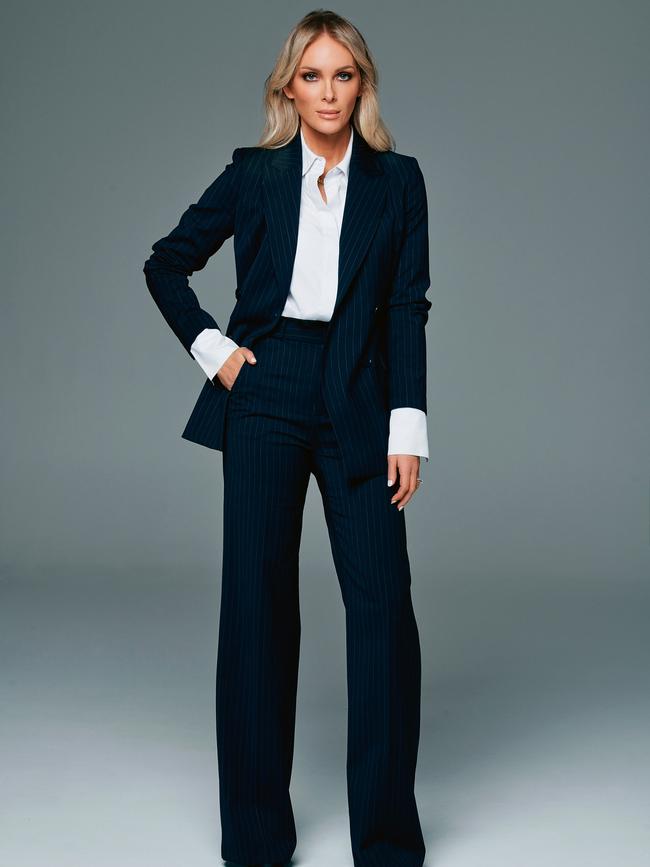
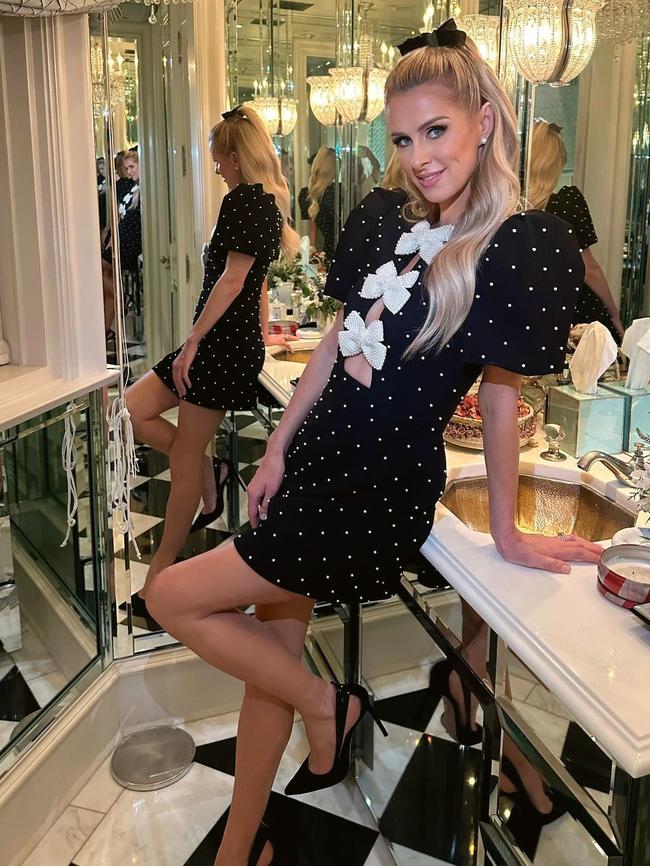
These challenges are something with which Justin Levis is familiar. Levis is the executive director of Cue, which took a shareholding stake in Australian label Dion Lee in 2013 to help drive its growth and international expansion.
“You need to use people who have a lot of experience and who are experts in doing business in the market to which you want to trade in,” Levis says of his key learnings.
Last year Cue appointed a new chief executive for Dion Lee in James Miller, whose previous roles include chief executive and chief creative officer of Collective Group (Equipment, Joie, Current/Elliott) and president of retail at Ralph Lauren, with experience in the American, European and Asian markets. In March the brand showed for the first time at Shanghai Fashion Week. And earlier this year Dion Lee opened its first physical US store, in Miami.
Lee, who moved to New York himself in 2016, says the city has made a significant imprint on the way he thinks about his work. “I suppose it’s like a melting pot of all different cultures and that is quite reflective in my brand, I would say. I think the identity of the city is that people are here to really stand out and I think I’ve grown a lot from the culture and the community that I’ve built from living here,” he says.
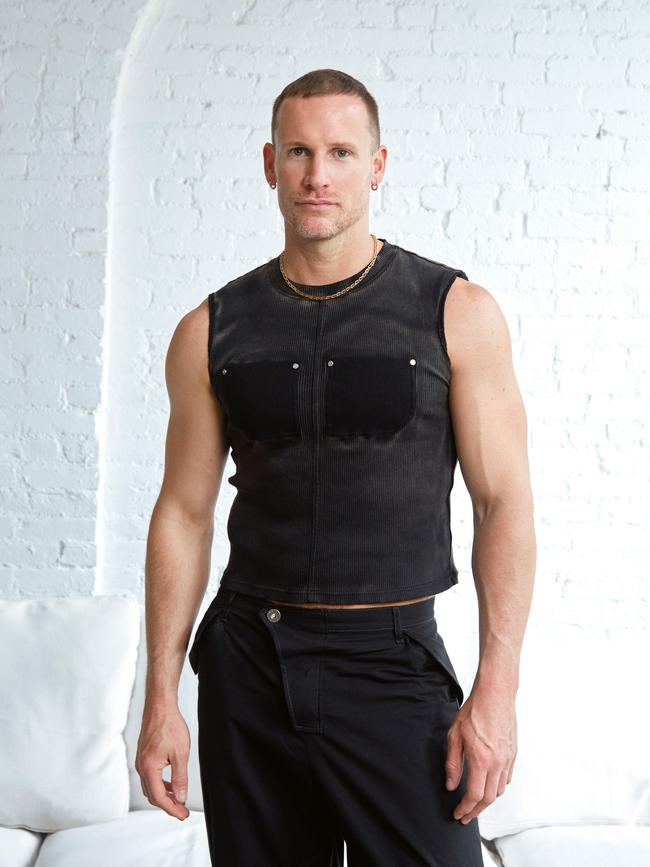
“I definitely feel that my business is very different to those in the American fashion industry. I haven’t gone through the CFDA [the Council of Fashion Designers of America trade association] experience … I think I like the perspective of independence and being able to speak to the audience in Australia and the audience in New York at the same time, it is something that is quite unique.”
Expanding in the US makes fiscal sense right now also. Post covid, the American economy (the world’s biggest) is strong compared with the UK and Europe. As has been reported, it performed better than expected in the fourth quarter of 2023 amid robust consumer spending, so far shrugging off threats of a recession.
Robyn Catinella, who manages the wholesale business for a number of Australian fashion brands, says the US has become an increasingly attractive market in comparison to Europe. Next month her Catinella PR agency will be doing its first resort ’25 market (selling to buyers and wholesalers) in New York rather than Paris for the first time since covid. “It’s a more commercially viable market right now,” Catinella says. “We are focusing on the experiential yet staying risk averse; exploring agency residencies with our key retailers in the US and partnerships with leading hotel groups. A lot of our wholesale strategy is geared to building demand and amplifying our brands in the US, driving further direct-to-consumer [DTC] brand awareness and retail alignments.”
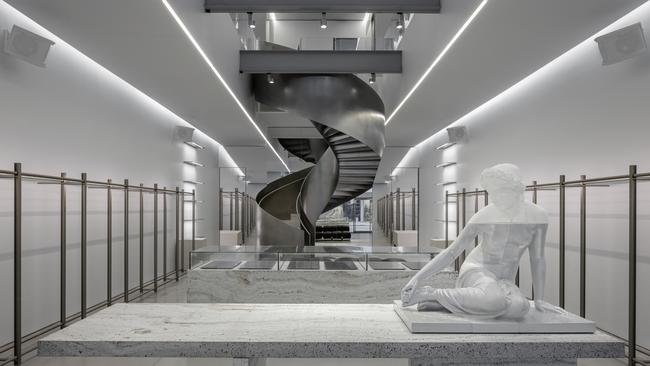
The brands Catinella represents, she says, are experiencing spikes in their DTC market share and wholesale growth from retailers along both the east and west coasts of the United States.
One of her clients is Christopher Esber, who last year won the Australian Fashion Laureate Designer Of The Year award and showed for the time on the official schedule at Paris Fashion Week. He is also currently focusing his attention on the US.
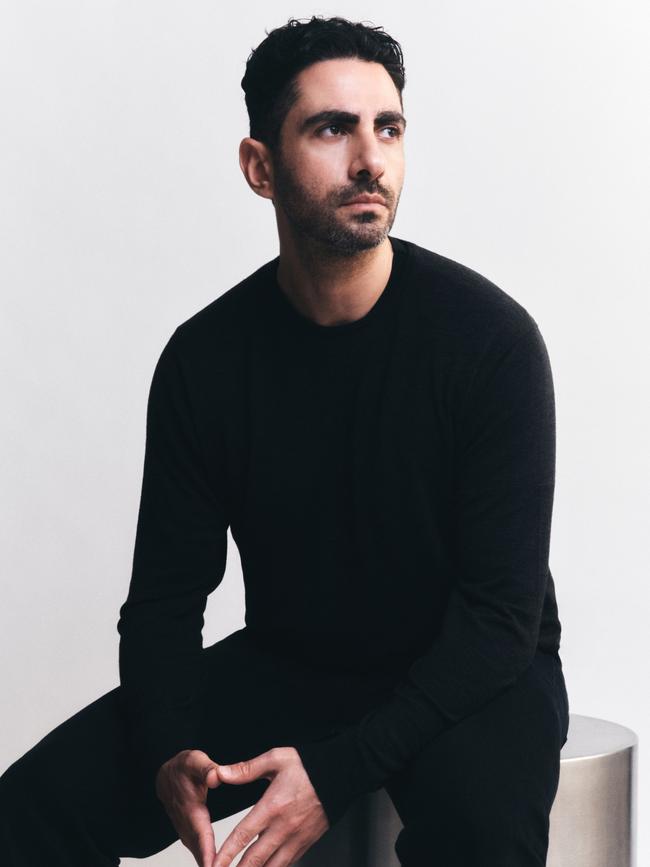
The brand, beloved by celebrities including Jennifer Lopez, Zendaya, Dua Lipa and Hailey Bieber, has experienced a 204 per cent direct sales growth and 98 per cent increase in traffic from the US in the past three years.
Esber wants to capitalise on this success, albeit cautiously. This includes a recent capsule collection with American experiential retailer The Webster. The collection, which was marked with a launch in LA, features an exclusive colour palette on some of the brand’s signature pieces. It had a sell-through of more than 90 per cent.
“From a direct-to-consumer perspective, we’re taking the time to understand how our clients shop, and what they’re coming to us for. From what we’ve seen, the US customer is buying into more directional, fashion-forward pieces, which is both promising and exciting, so from a range-planning perspective, it’s important to represent these styles for this audience,” says Esber.
Wholesale is working well for the brands selling a sunny version of Australian living, too, such as the swim and resortwear label Bondi Born. Founder Dale McCarthy says the US is easily the brand’s biggest market. It’s stocked by Goop, Neiman Marcus, Nordstrom and Revolve and is about to go into Anthropologie. Her priority for Bondi Born is opening stores in both Australia, and eventually in the US, too.
“We plan on continuing to focus on [the US] as our growth priority,” McCarthy says, adding that she’s finding the US consumer who loves the brand doesn’t flinch at paying higher prices for luxury products.

Venroy founder Sean Venturi agrees that Australia’s “endless summer” image has been a selling point for his leisurewear-focused brand in the US. Venroy hosted a seasonal boutique in The Hamptons in 2023 and will this year open an additional summer pop-up in New York from May through until September.
“Montauk [in The Hamptons] received a great response during our first season. I am excited about our second season … Being a Bondi-born, Australian brand is hugely impactful there, [and] coupled with our strong focus on travel, leisure and escapism, it’s made for an offering that has definitely been embraced by US clients,” says Venturi.
Jaana Quaintance-James, the new chief executive at the Australian Fashion Council (AFC), says the US market has always been attracted to Australian brands.
“Our Australian attributes of effortless, raw and fearless – developed as part of the Australian Fashion Trademark global brand positioning – resonate well and Australian brands really thrive within the accessible luxury space,” Quaintance-James says, adding that the US tends to be receptive to new brands and is an easier prospect for expansion than the United Kingdom.
This, she says, also has an impact back home, too.
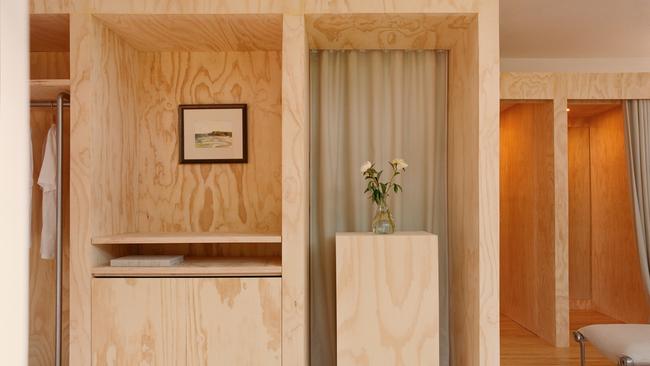
“When brands have major success overseas, it has such a positive halo effect on the rest of our industry and opens up new opportunities,” Quaintance-James says.
“Just look at the success of AFC members Zimmermann, Camilla, Camilla and Marc, Bondi Born, bassike and Matteau, who are really thriving in the US. And for the brands such as Bondi Born, Matteau and bassike, who also make products here in Australia, the volume really helps drive our female-powered local manufacturing industry that is primed for sustainable growth.”
Ask anybody working in the industry though, and they’ll say that fashion has never been an easy business, especially in a crowded market. Further challenges include the struggles of online luxury marketplaces, the most recent being the decision in March of retail and property company Frasers Group to put British luxury online retailer Matches Fashion into receivership.
Ultimately, as Rebecca Vallance puts it, success in the US, just like success anywhere, comes down to having a product that sells.
“I think the product needs to resonate … it has to have a point of difference, definitely. You can pick a Rebecca Vallance dress on a rack. Have your own point of view, your own voice … you need to make sure that the product is going to sell and that the consumer knows of the brand and loves the brand and comes back season after season. It’s not just a one-hit-kind-of-wonder thing,” she says.
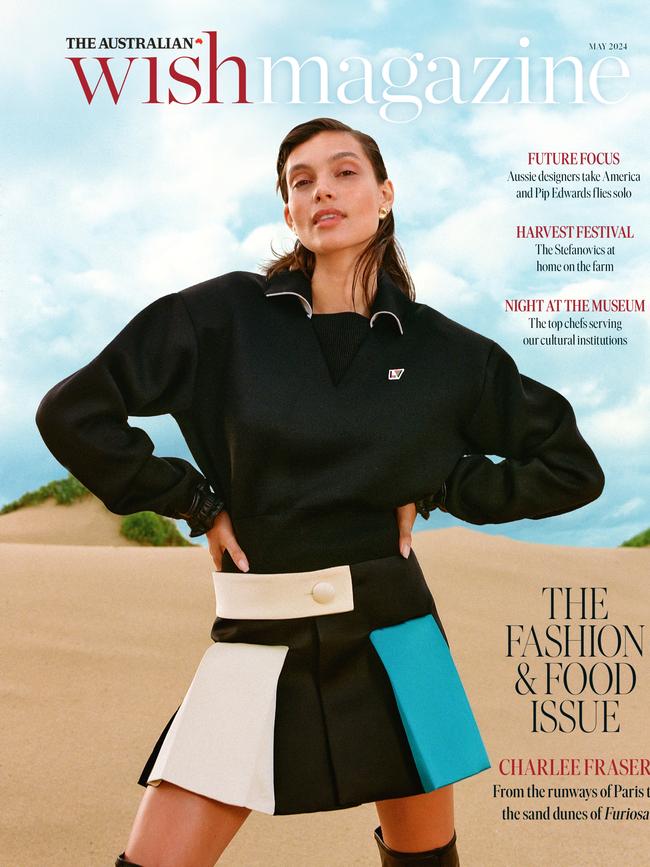
This story is from the May issue of WISH.




To join the conversation, please log in. Don't have an account? Register
Join the conversation, you are commenting as Logout